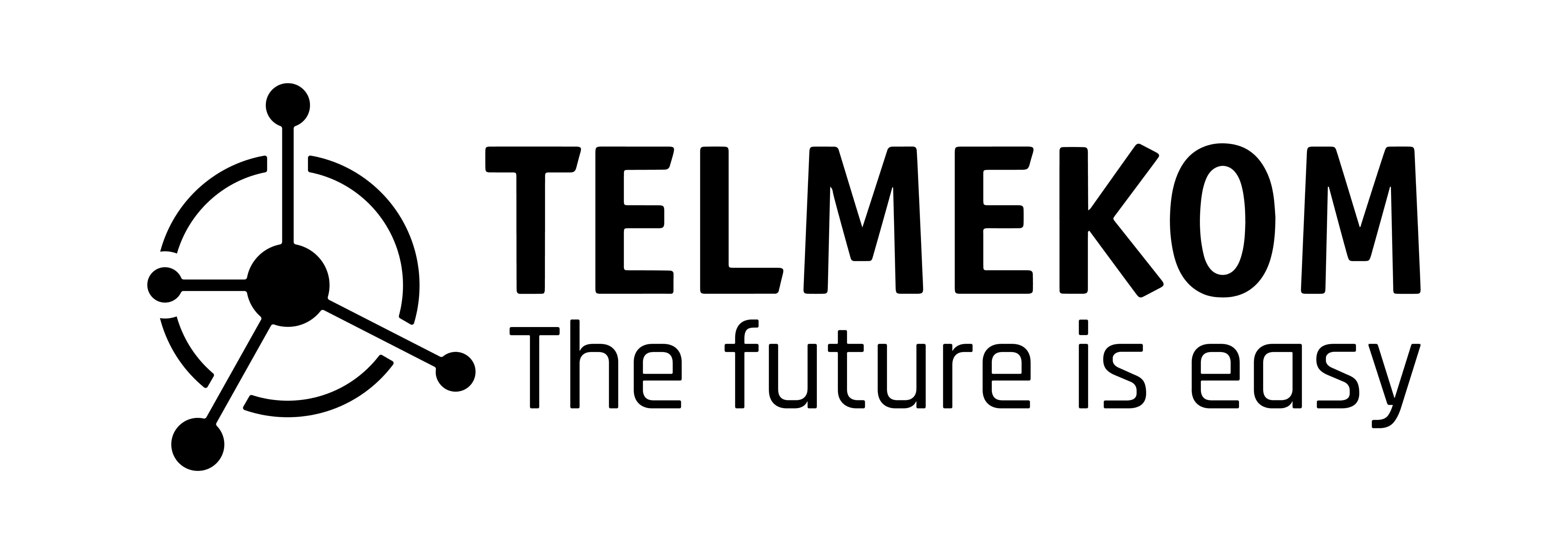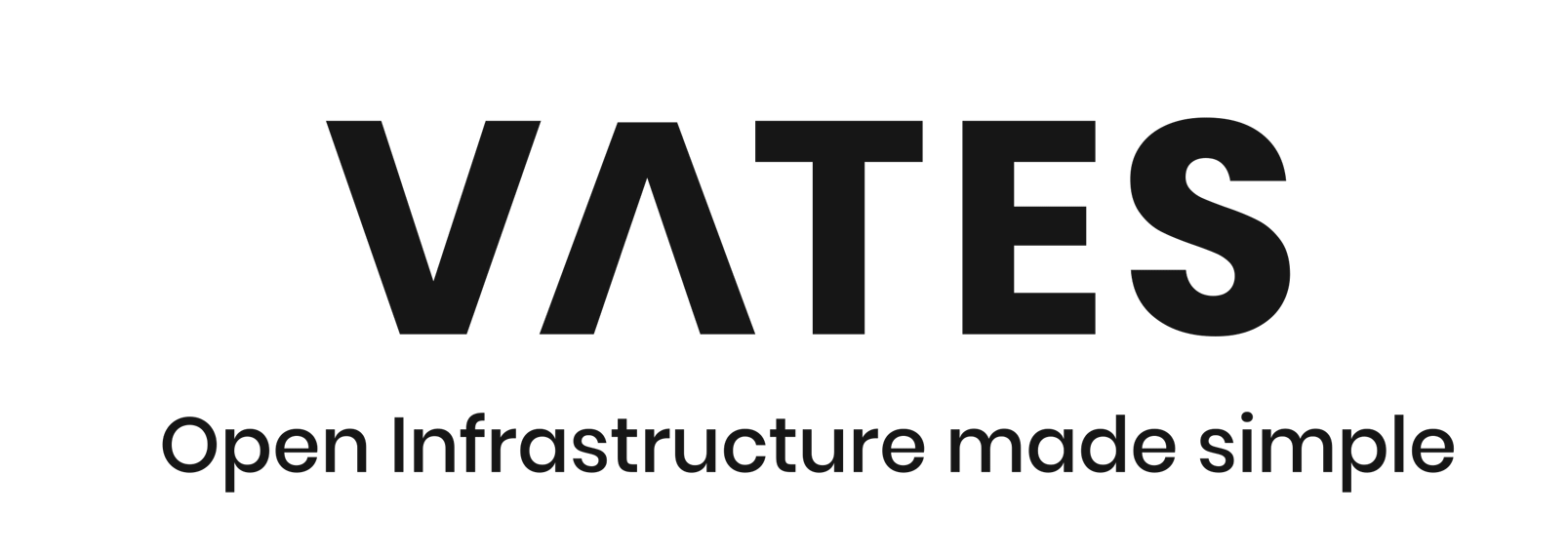In the Alps, mountain accidents and missing persons are incidents that occur very often, with peaks in the summer months due to the increased tourist arrivals. Typically, the missing person is located through calls, coordinated with the help of fellow hikers. When this is not possible, the mission focuses on locating the injured/missing person as quickly as possible to increase the chances of survival. Traditional methods many times turn out to be slow and require the use of a huge amount of resources in order to scan the largest portion of area, in the quickest time. For this reason, the focus in recent years has been directed toward experimenting how to employ drones to support Search&Rescue operations. At the present time, the Alpine and Speleological Rescue Corp of South Tyrol has been experimentally adopting the use of drones to assist in the search for missing persons. In particular, the unit is equipped with a MAVTech Q4X drone with a high-resolution RGB 30x camera. This device allows the surveillance of a very wide area, from a different perspective, and also enables monitoring of impervious and harsh locations. However, the huge variety and complexity of scenarios makes human manual recognition difficult for the operator, requiring high concentration, especially in long-lasting tasks, with negative consequences on target detection. In this context, an automatic Deep Learning algorithm that aids the operator in his work can be very effective. The proposed solution, developed in collaboration with the University of Trento, is based on YoloV3, a one-stage object-detector that has exhibited good performance on many datasets employed in literature. The results show that the AI algorithm is capable of learning effectively from training sets. A solution was successively implemented directly on the drone that takes advantage of a small computation architecture (NVIDIA Jetson Nano). This architecture was chosen because of its very small size and weight, and its ability to provide GPU acceleration with very low power consumption. To summarize, the proposed system processes frames from the UAV payload camera and sends any detection to the ground. The detections are shown on the monitor of a MAVTech PCS (Payload Control System), on which the payload video stream used by the camera operator during search operations is displayed.





























